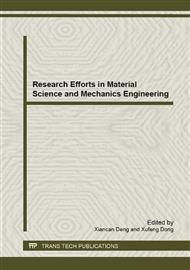p.26
p.31
p.38
p.44
p.48
p.55
p.60
p.65
p.72
Formation Energy Calculations of Impurity Elements at Substitutional or Interstitial Sites in Silicon
Abstract:
One of promising candidates as dopants for forming ultra-shallow and high conductive source/drain in future silicon devices has been proposed to be dimer or trimer co-dopants containing pairs or trios of different impurity elements. Making choice of a combination of the impurity elements with a small ionization energy is essential for the appropriate dimers and trimers. In this work we calculated total energies of silicon with substitutional or ineterstitial impurity elements and derived formation energies for the substitutional and interstitial impurity elements for the atomic number 1 to 83 with the exception of inert gas and lanthanum series elements. We present here the periodic table with the formation energies of the substitutional and interstitial impurity elements for determining the most stable site of the impurity elements in Si lattice. We can use this table as a database for calculating ionization energies of the impurity element.
Info:
Periodical:
Pages:
48-52
Citation:
Online since:
April 2013
Authors:
Price:
Сopyright:
© 2013 Trans Tech Publications Ltd. All Rights Reserved
Share:
Citation:


